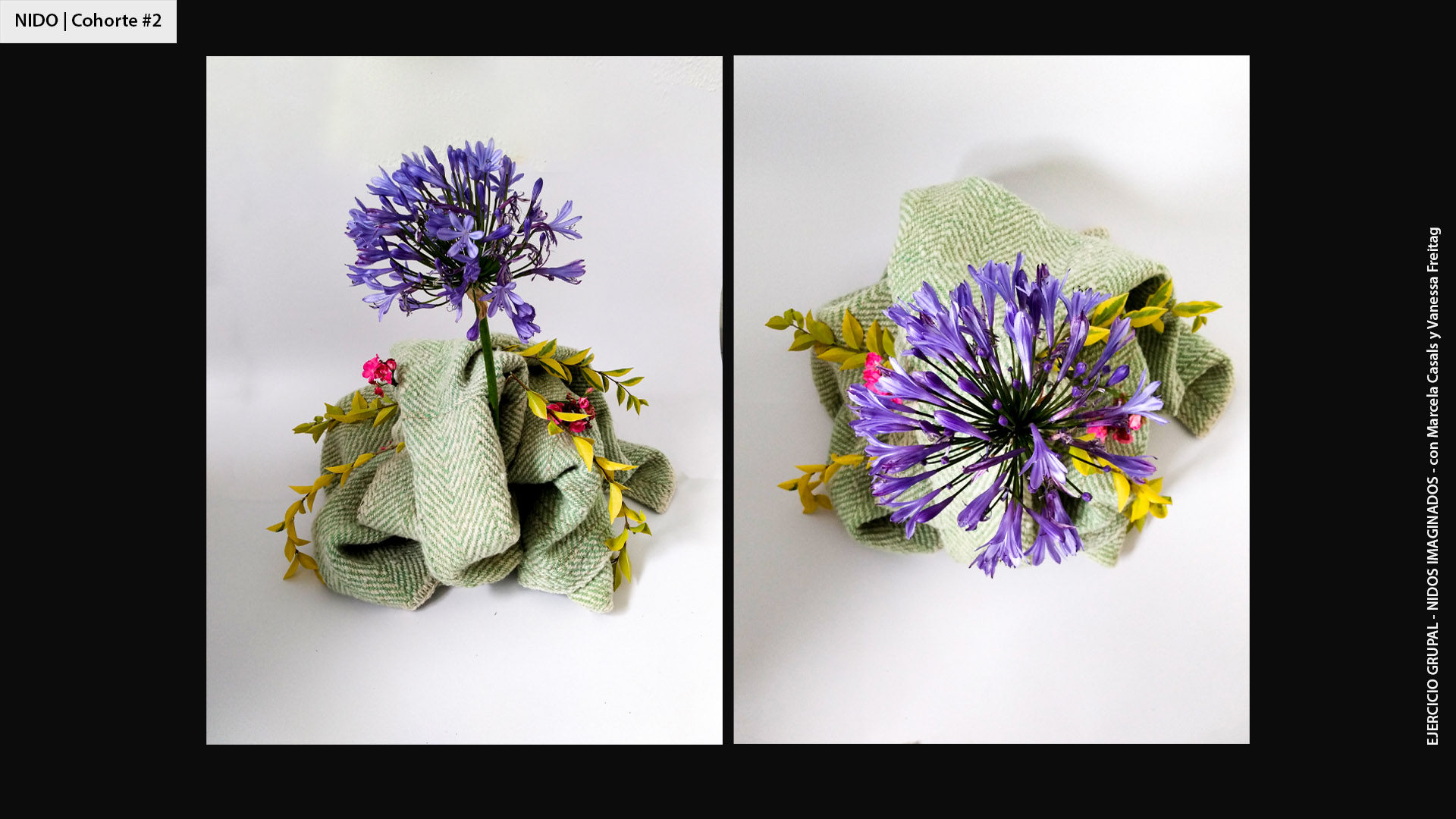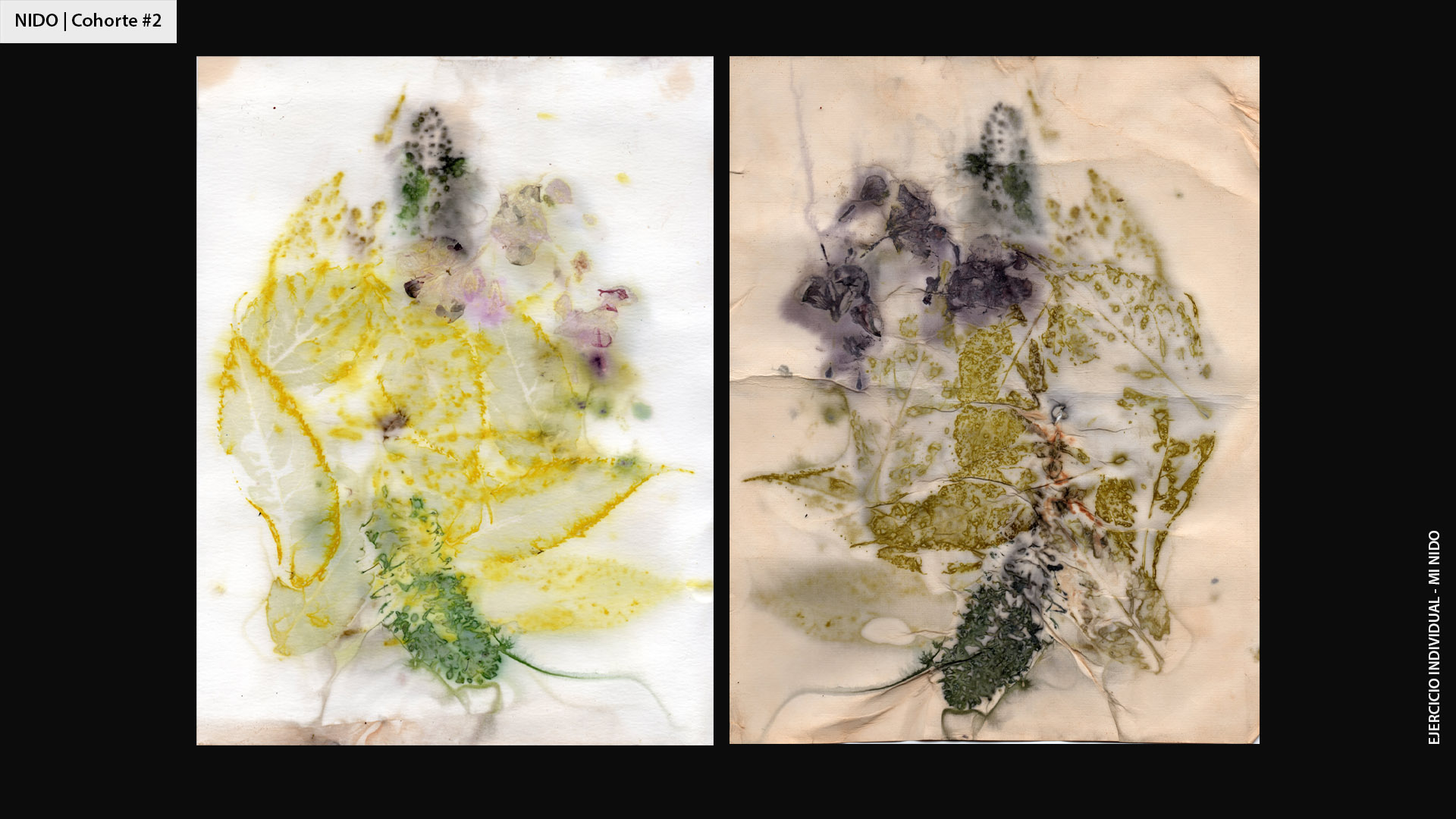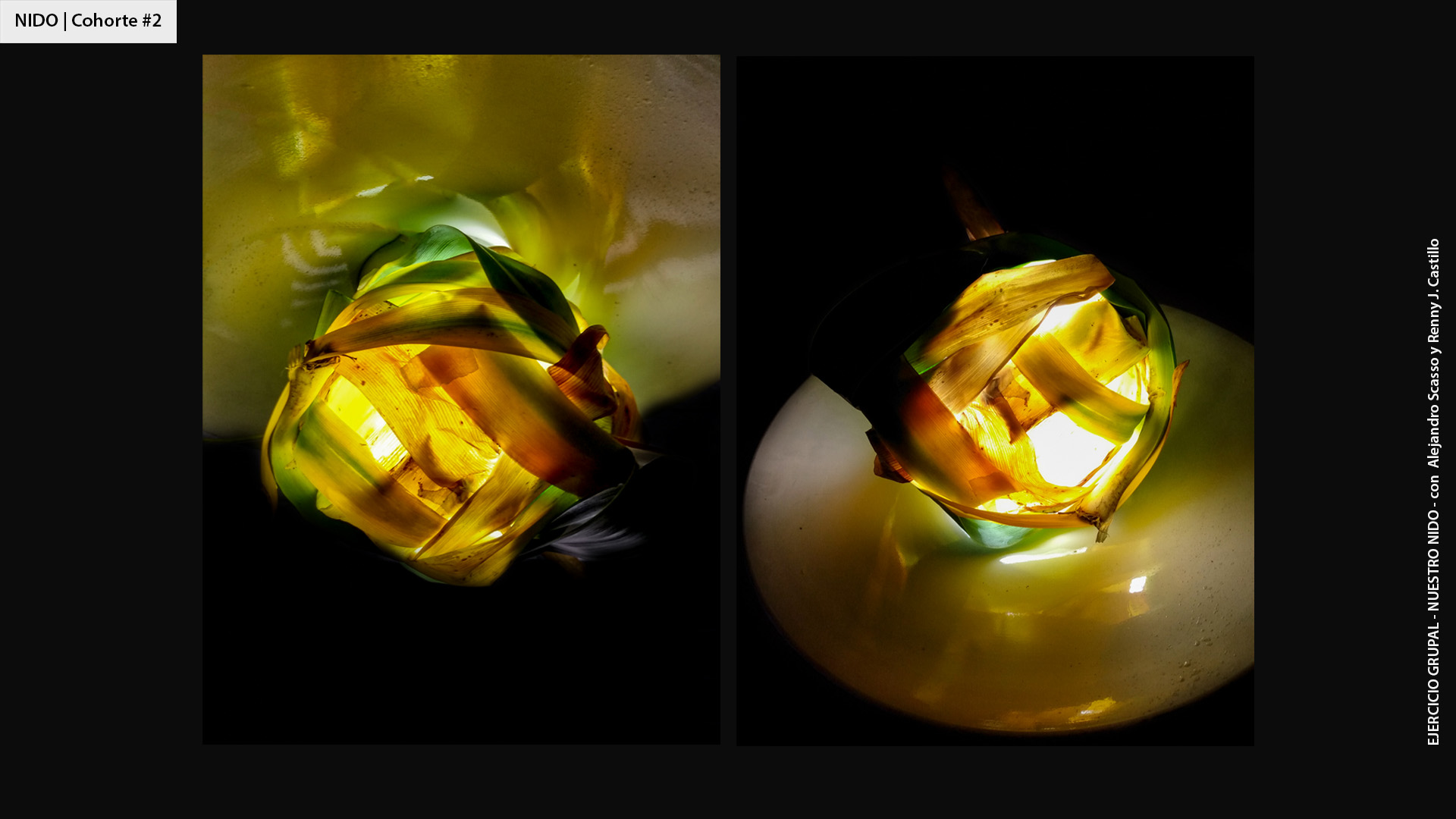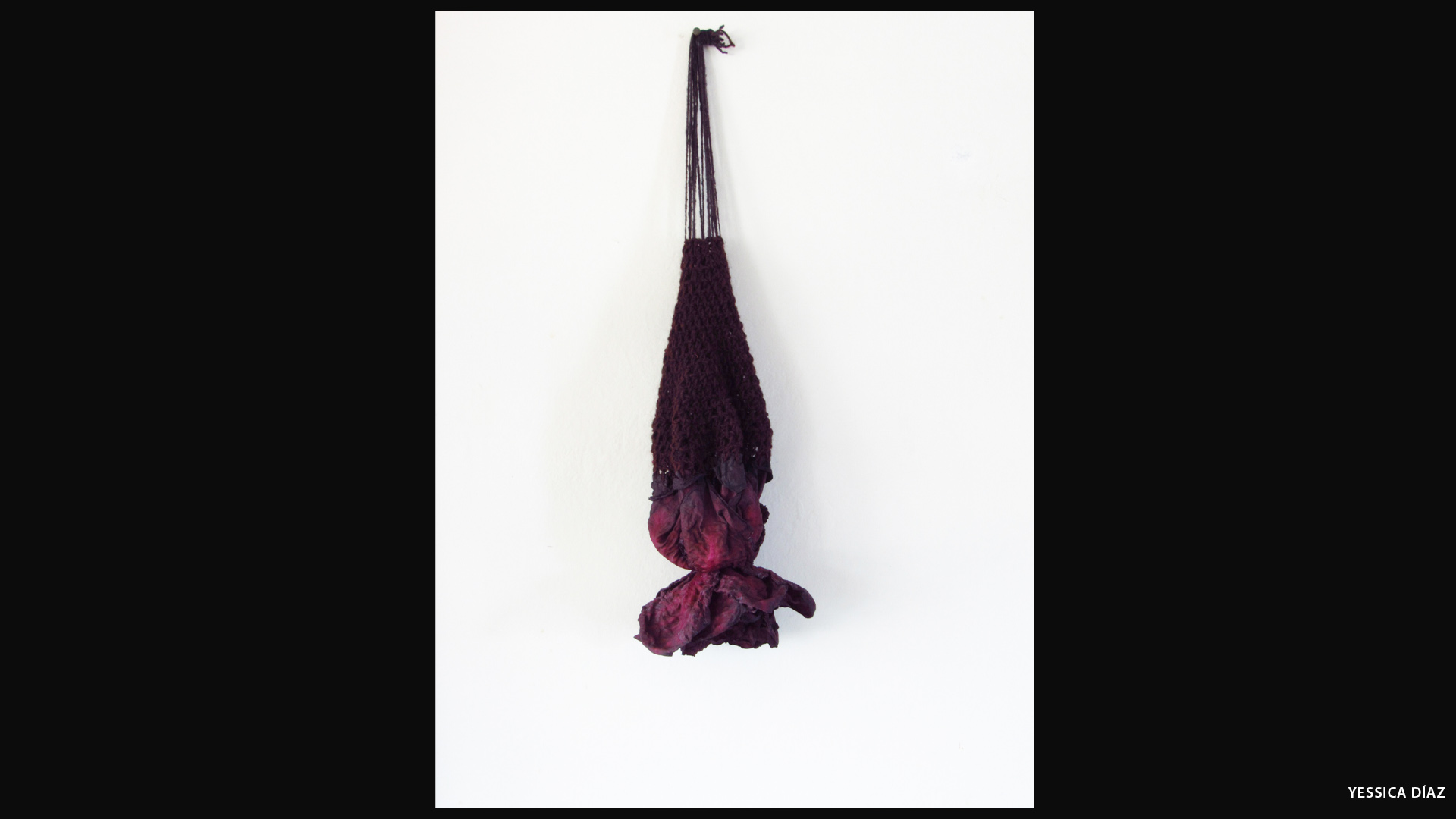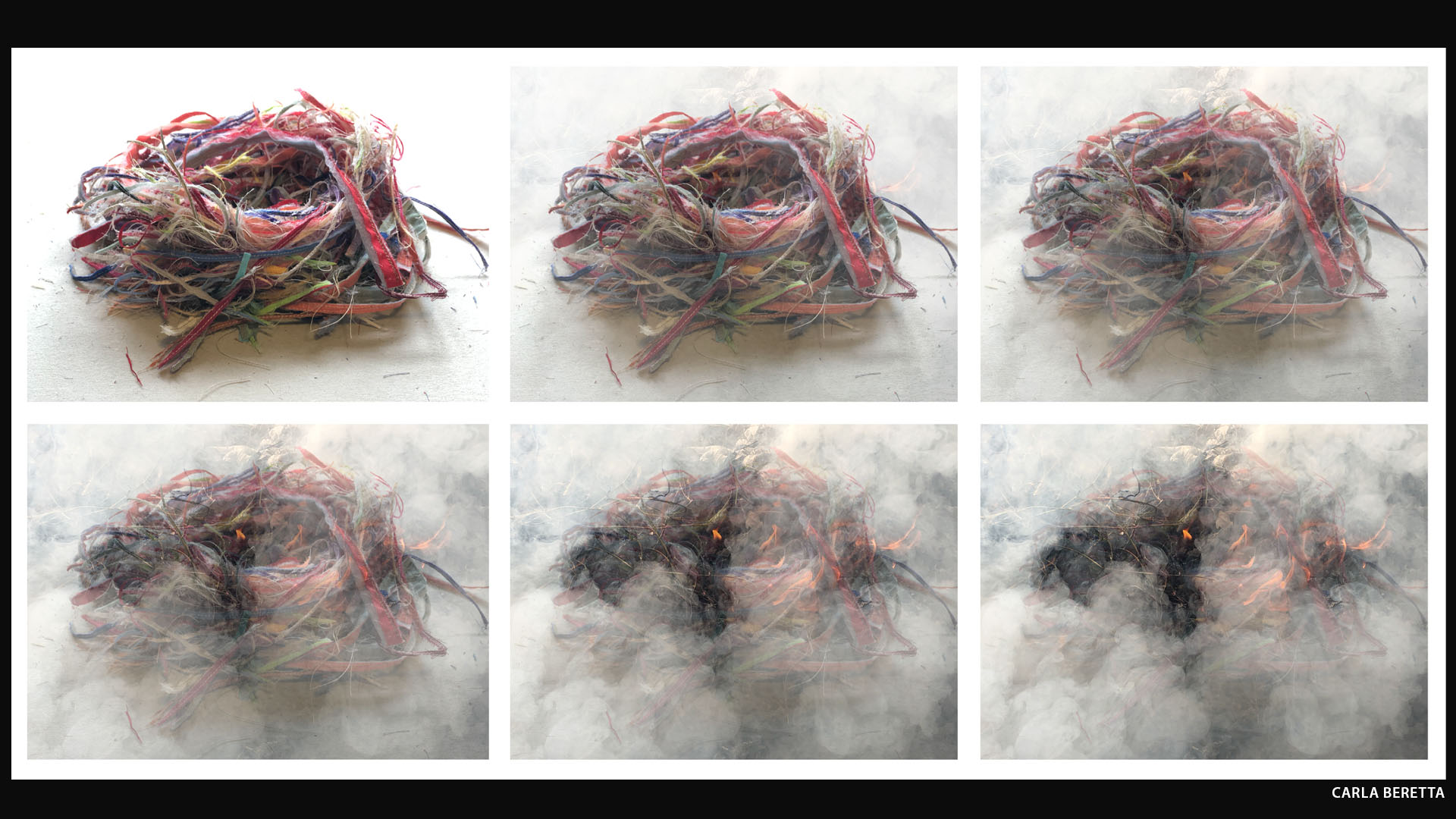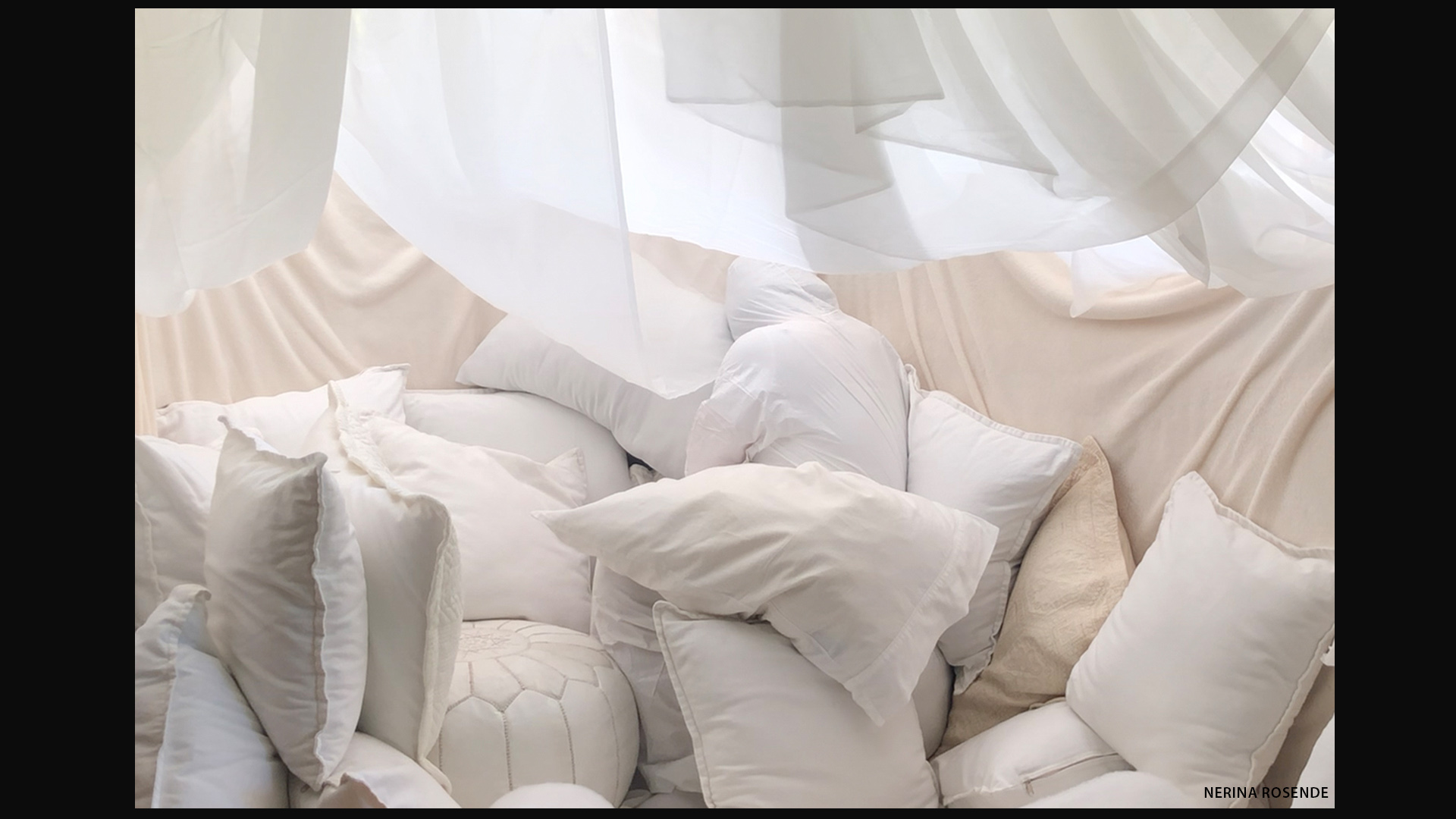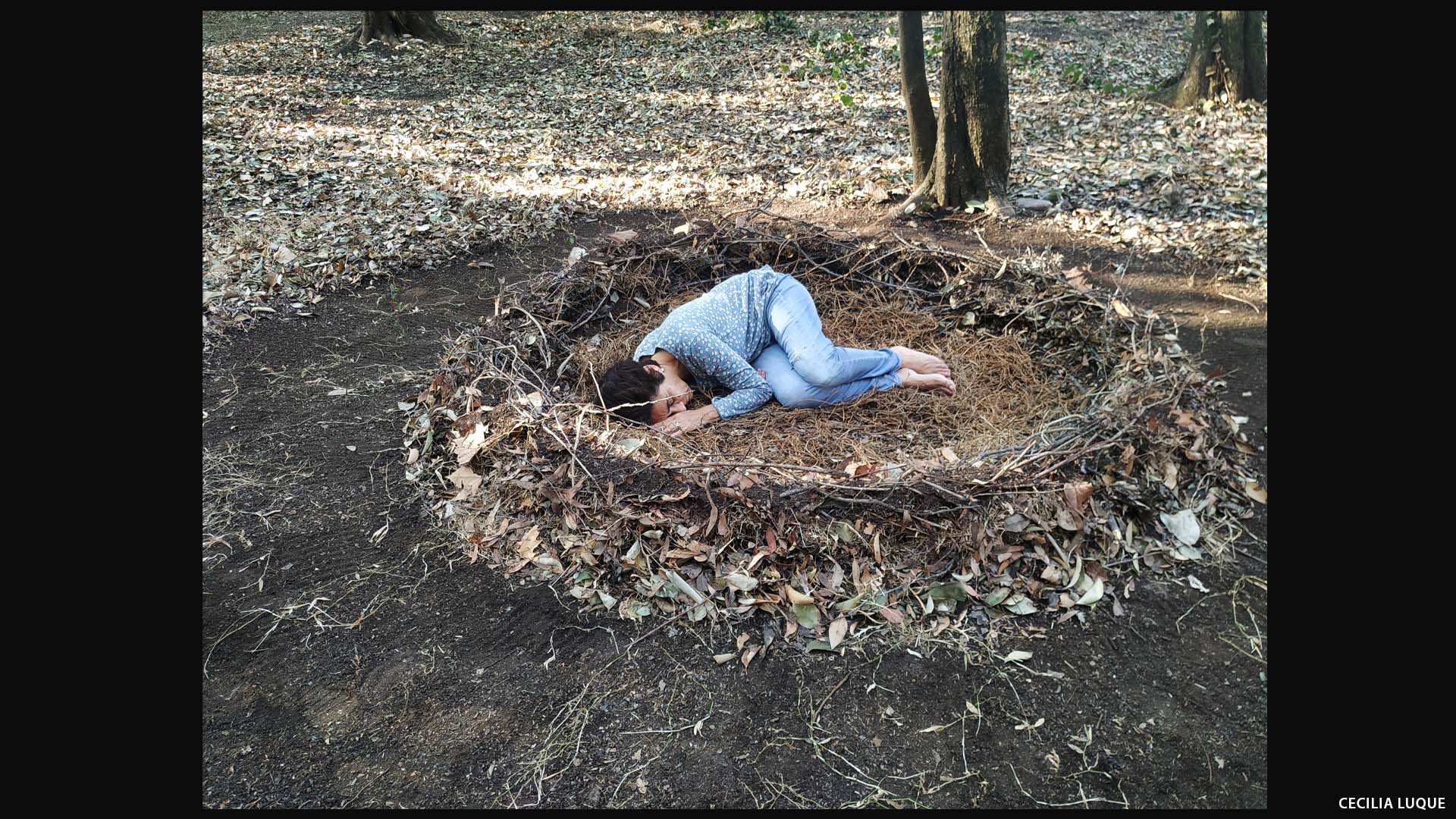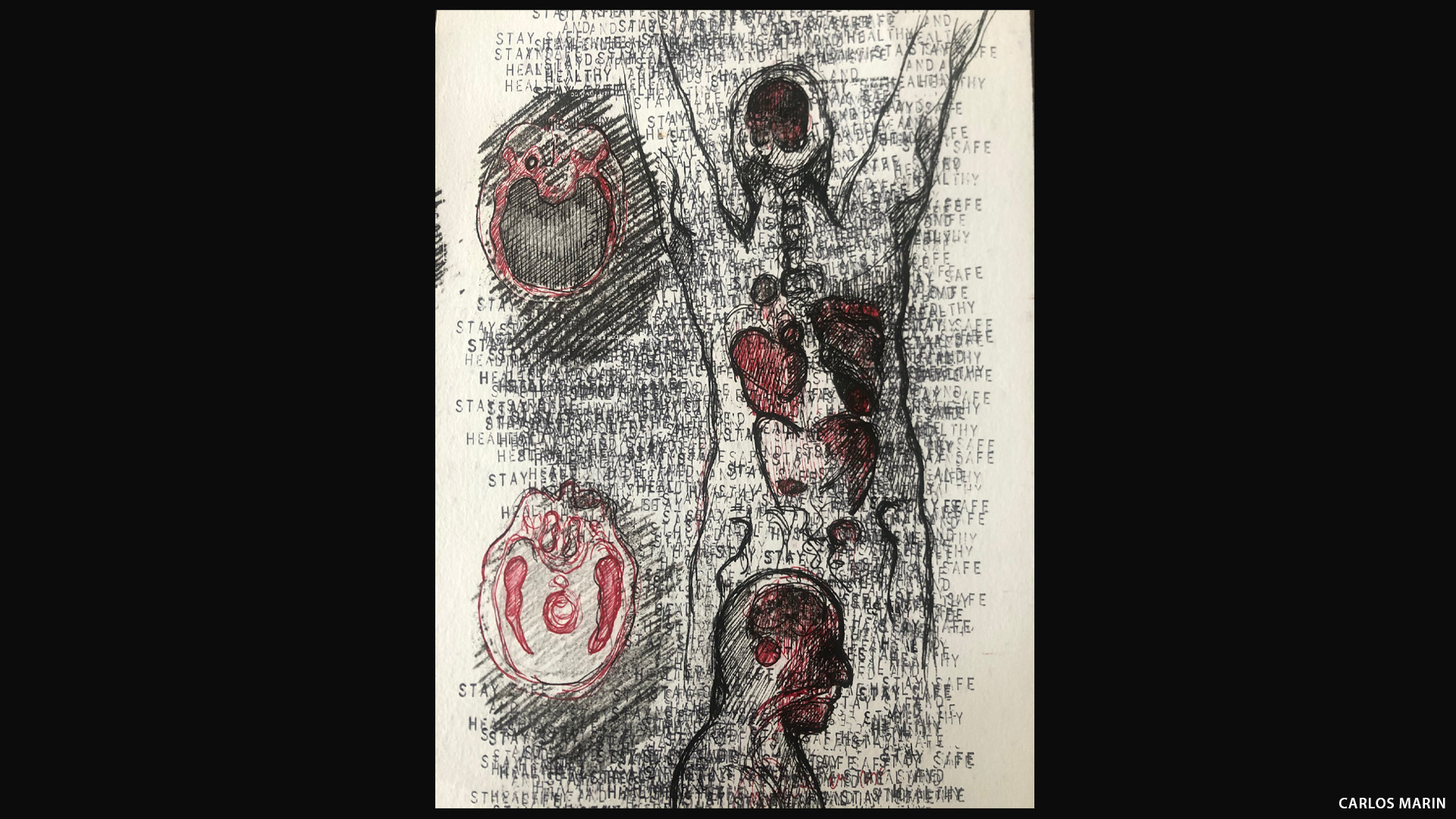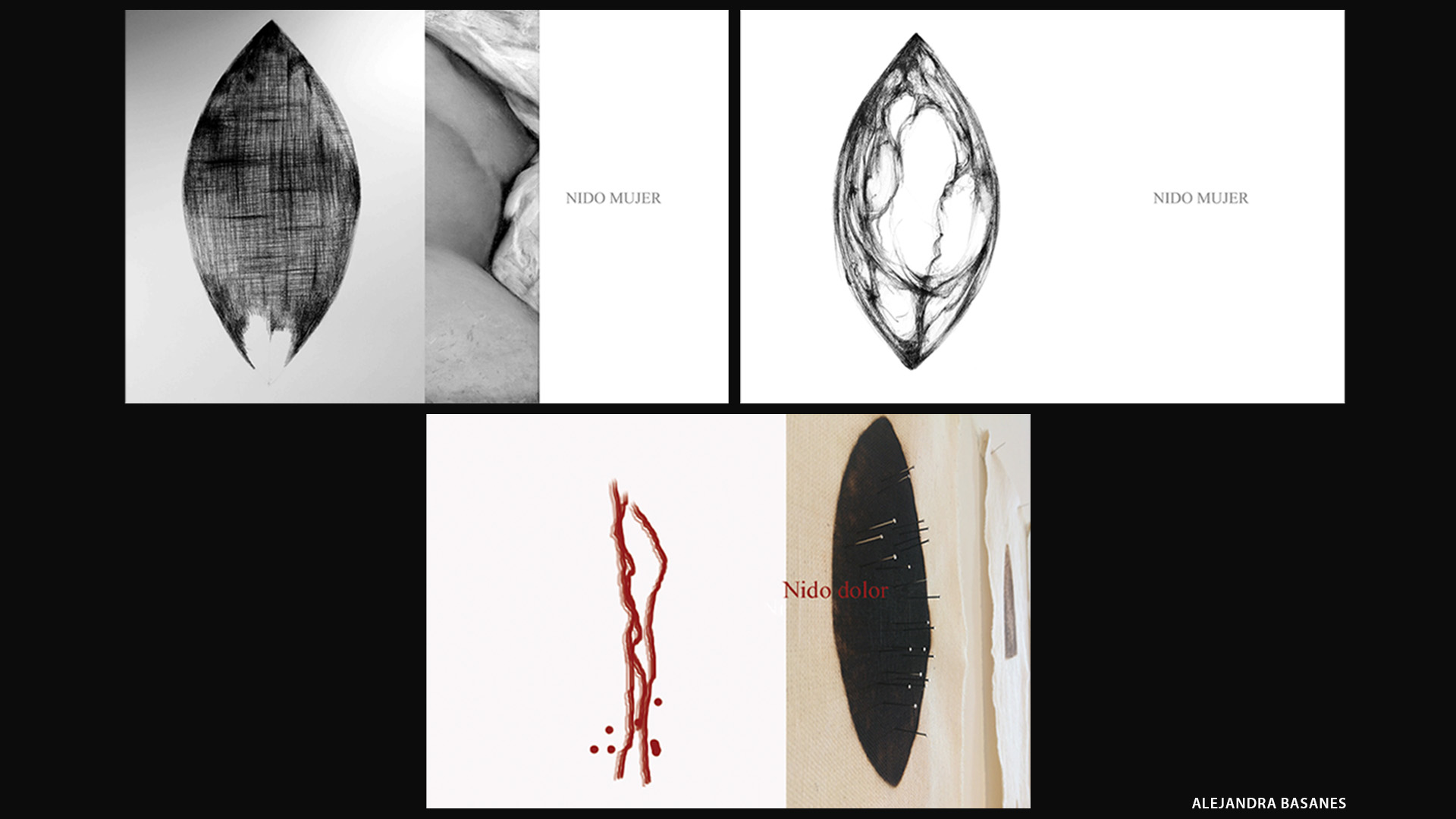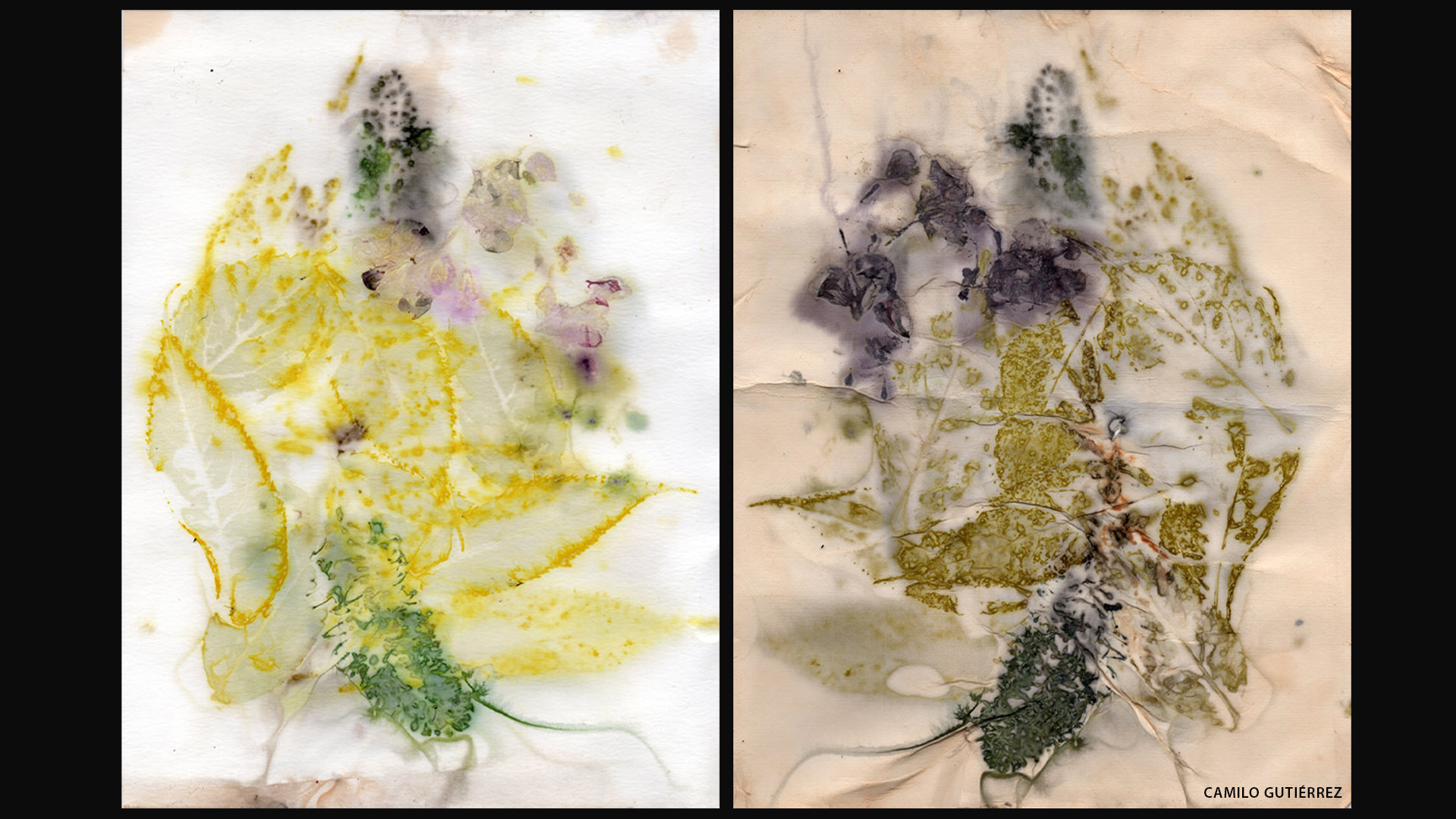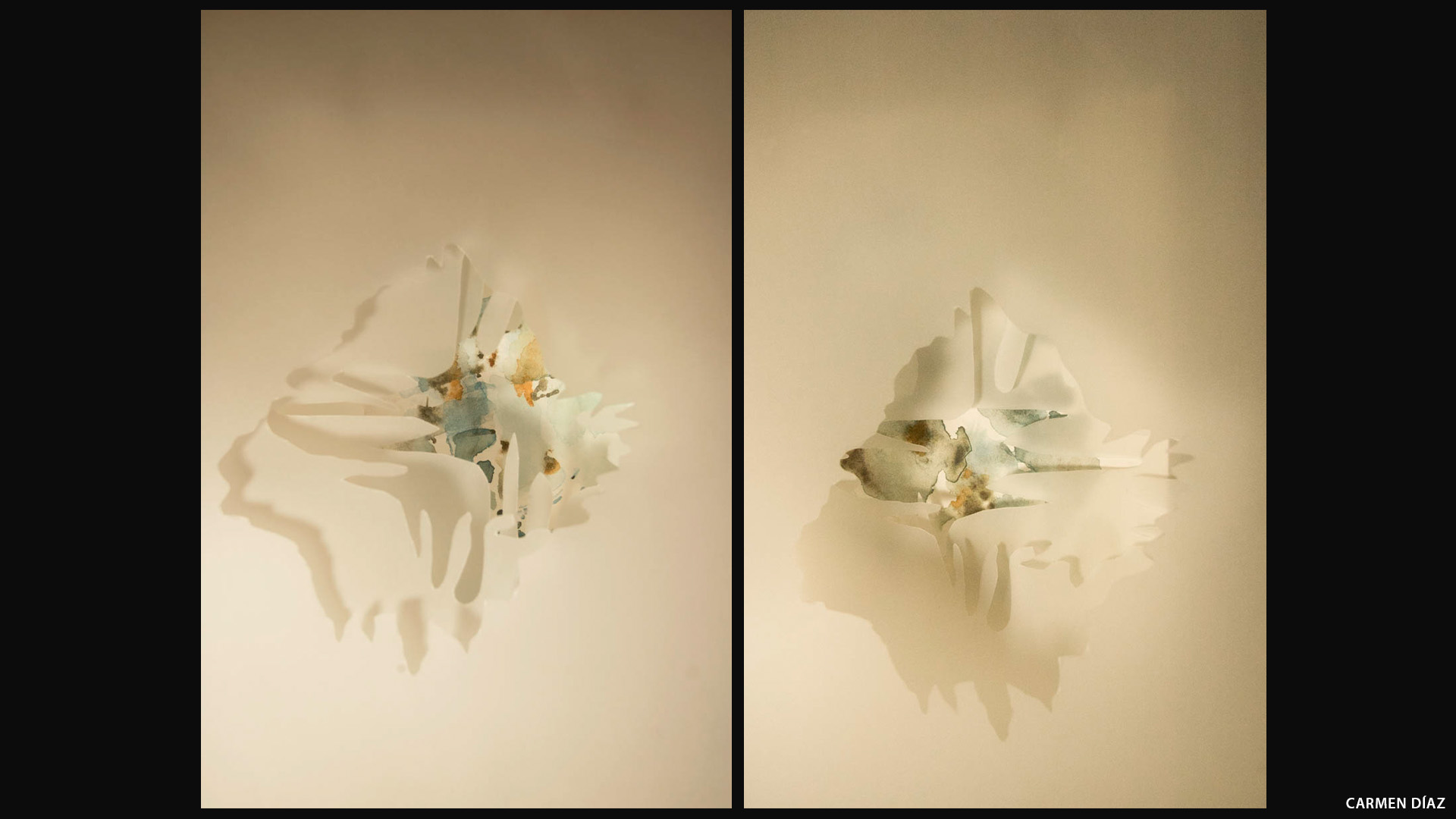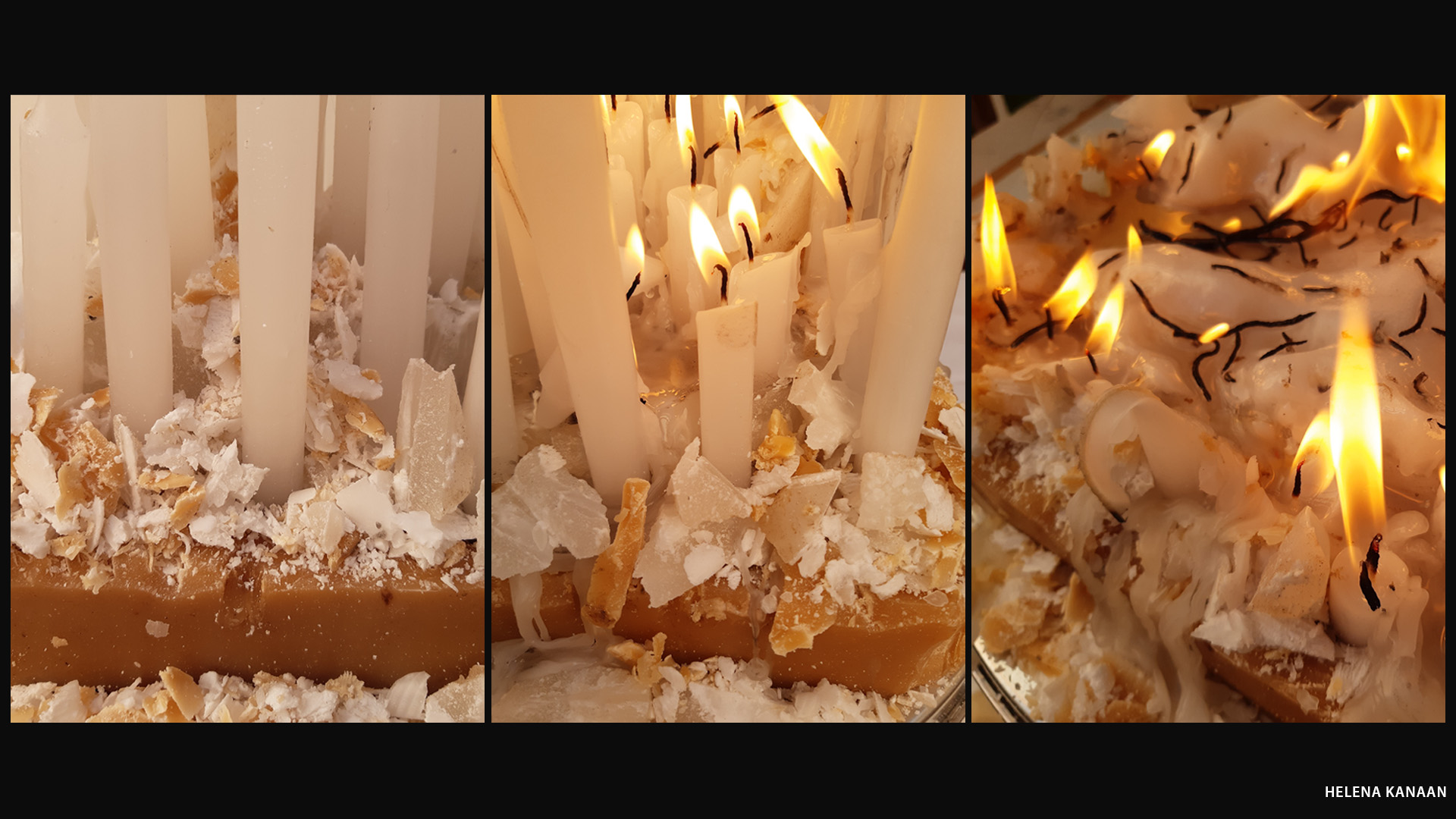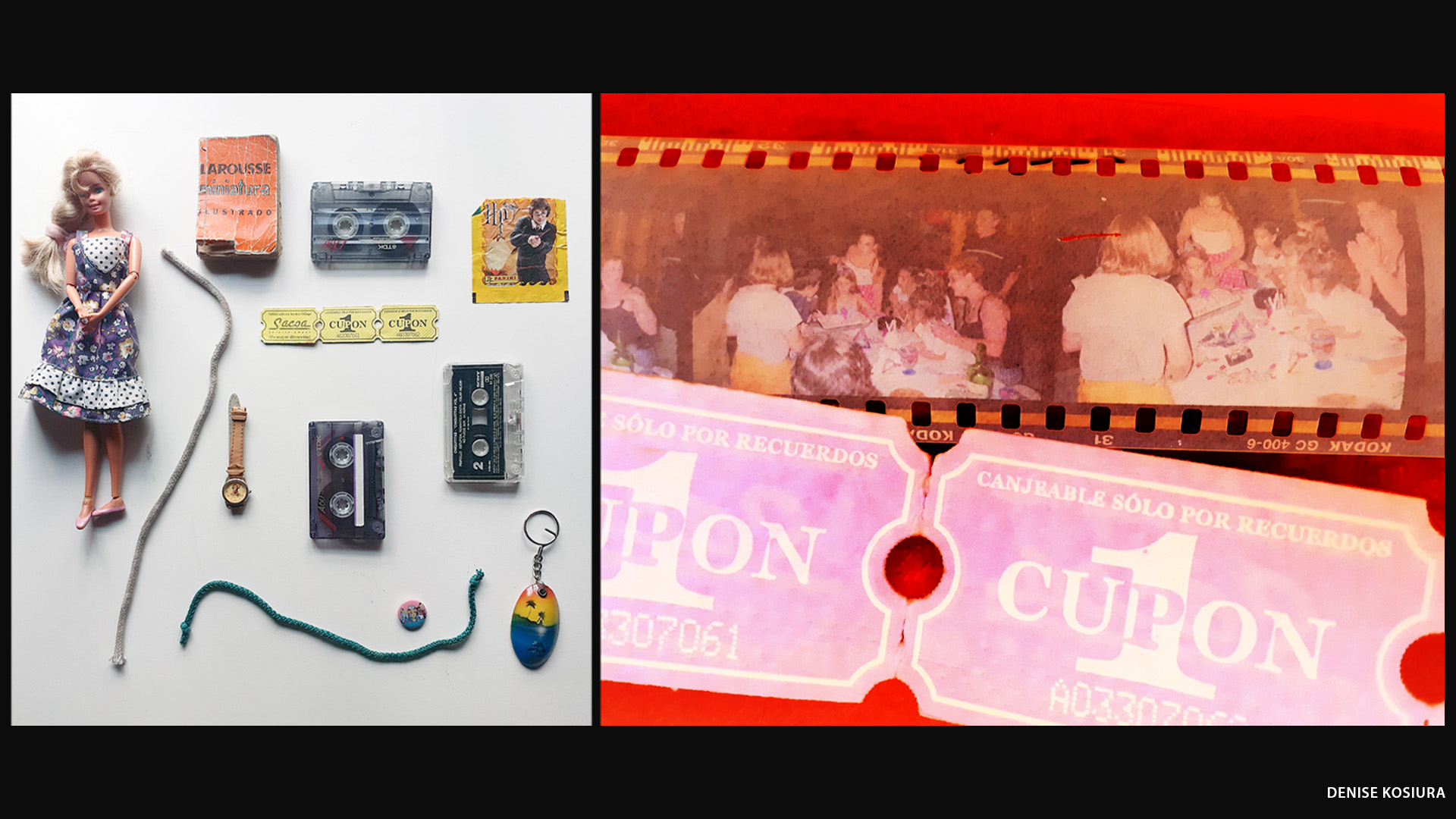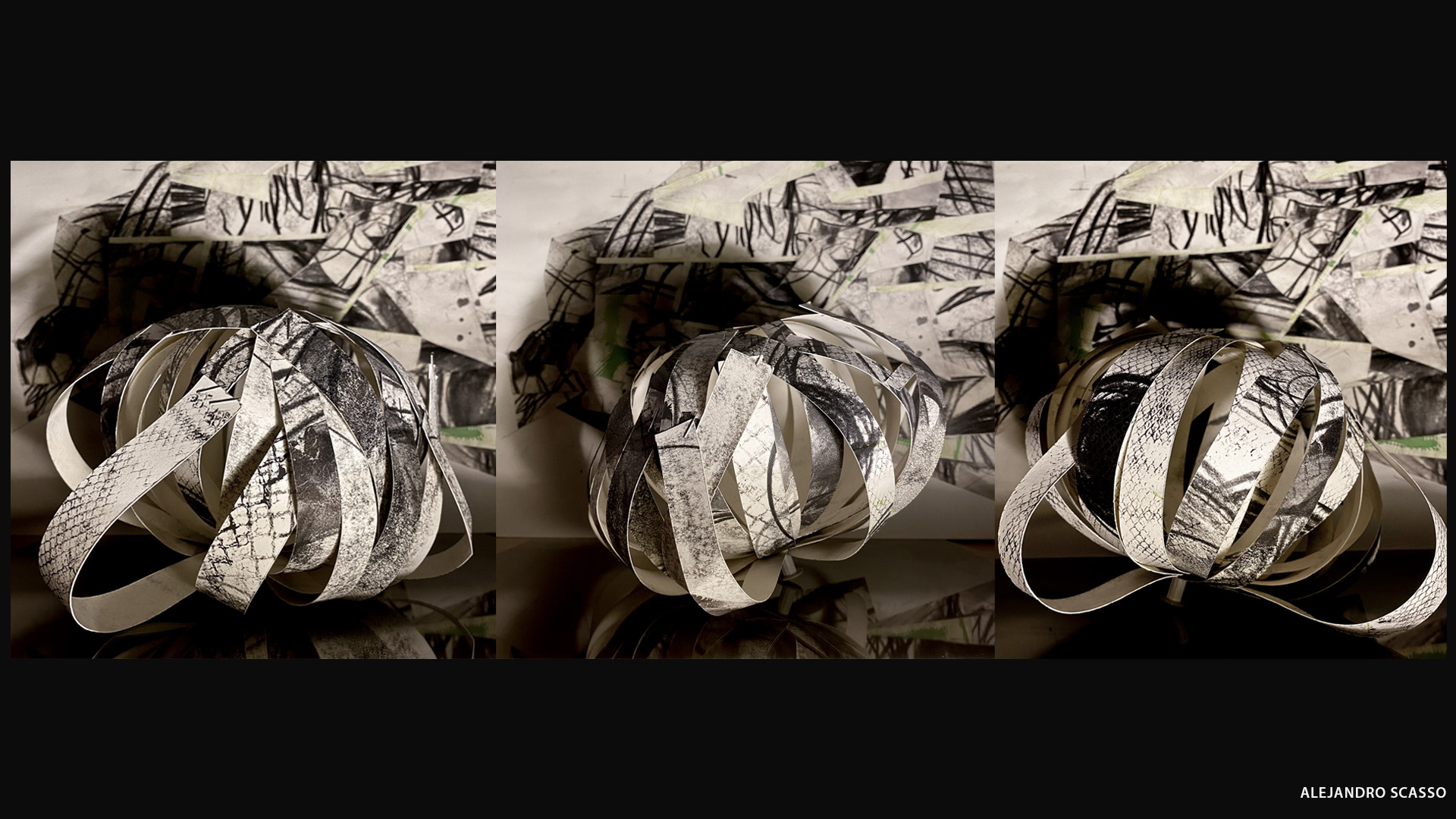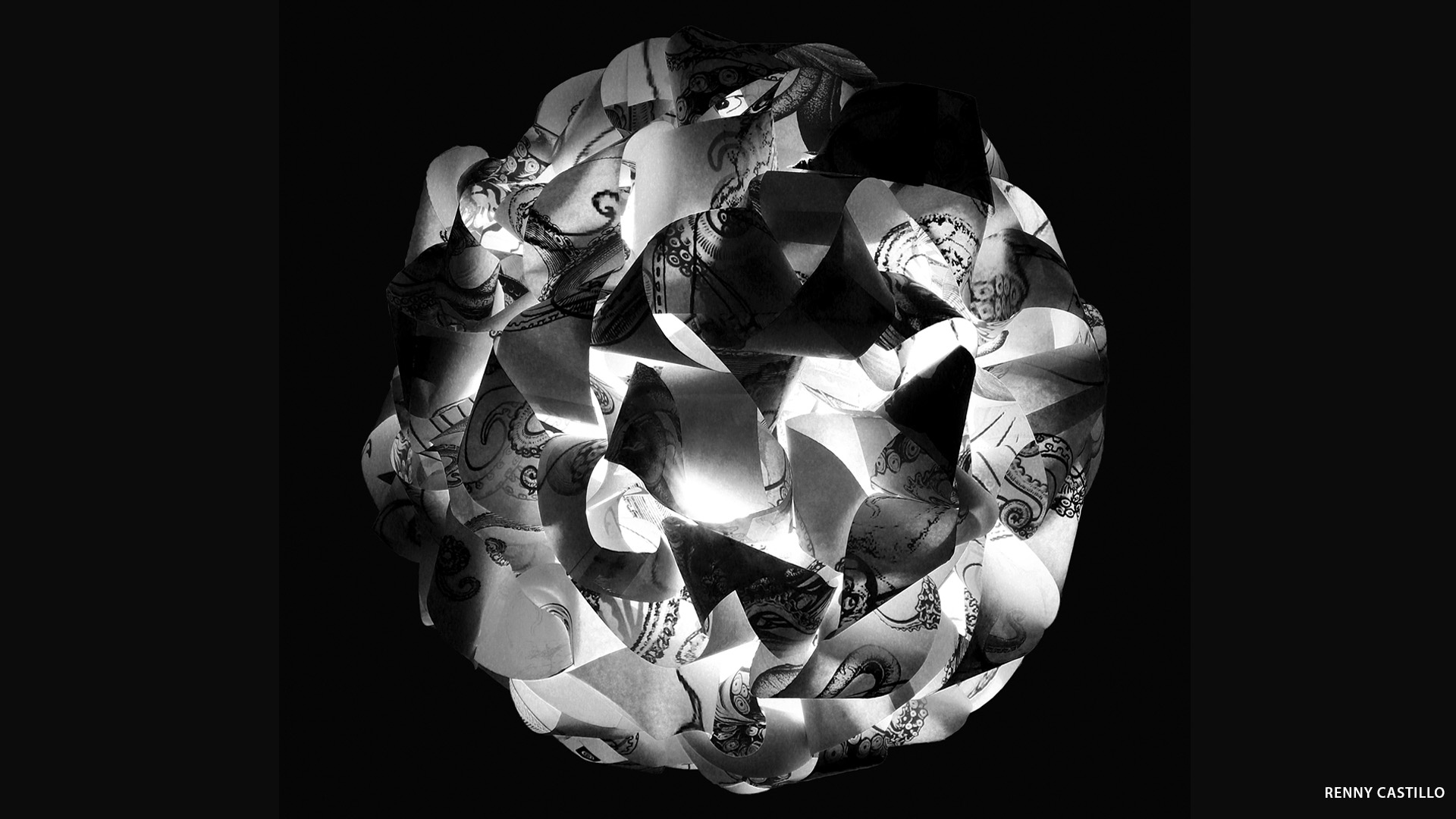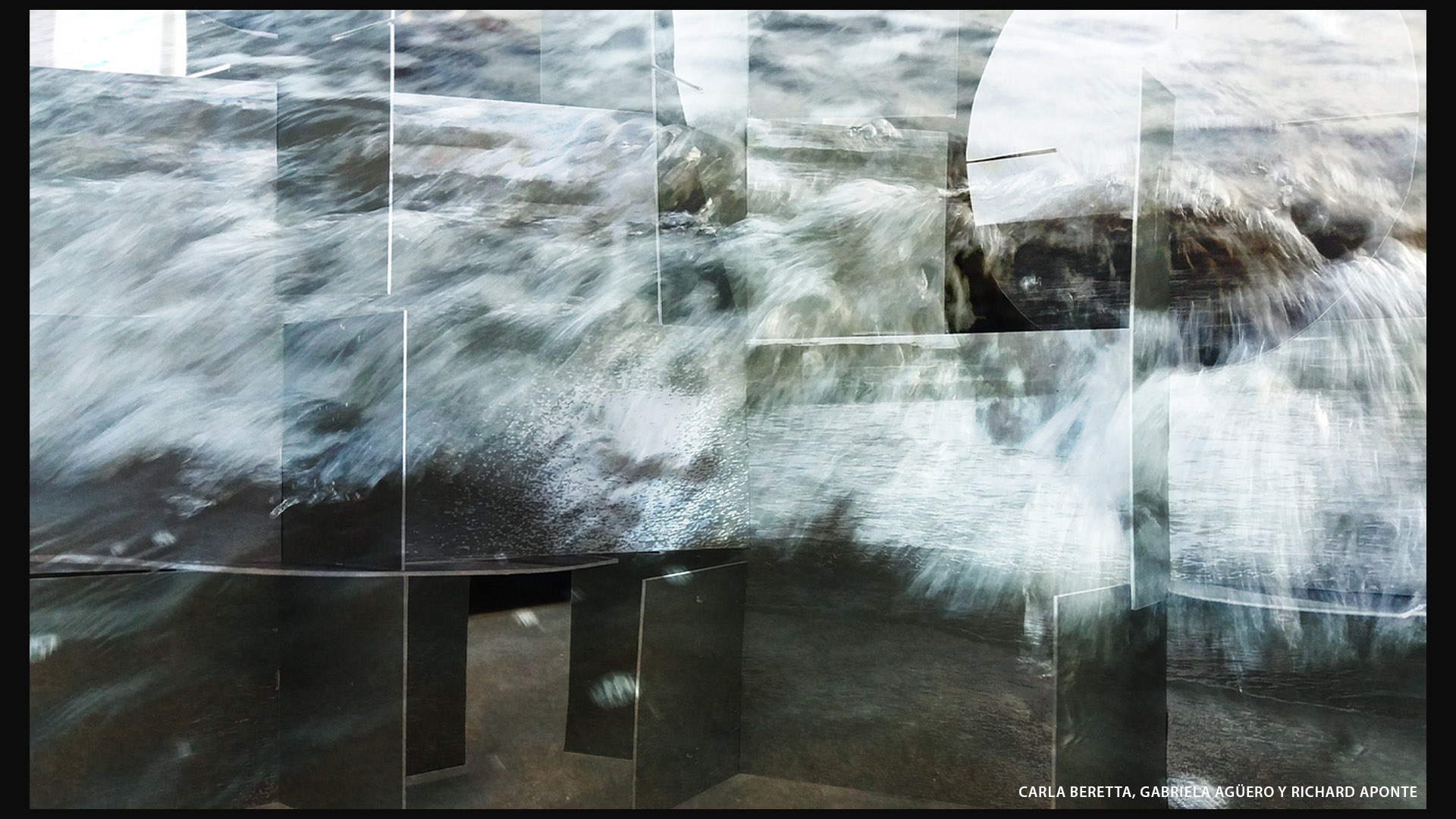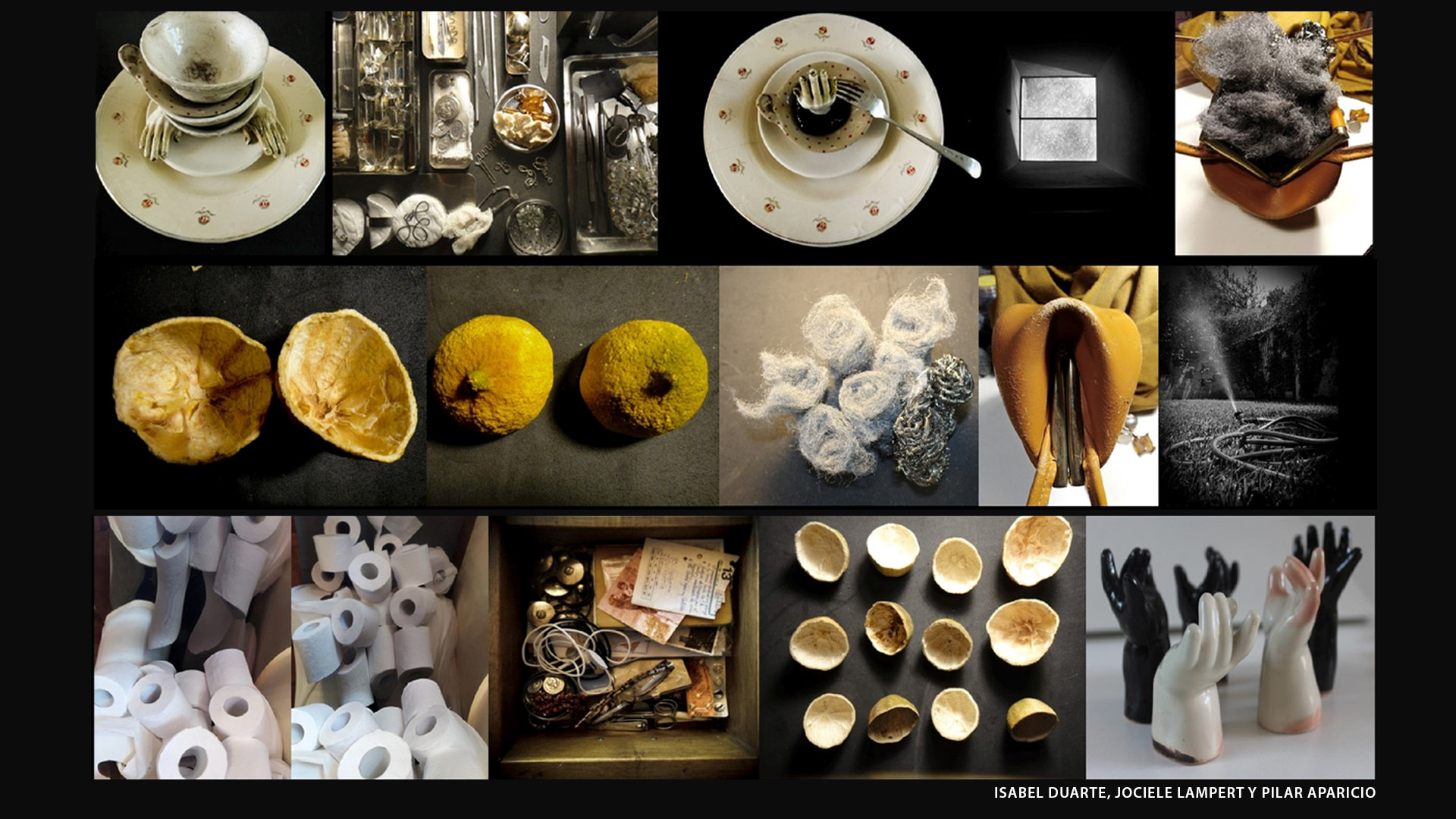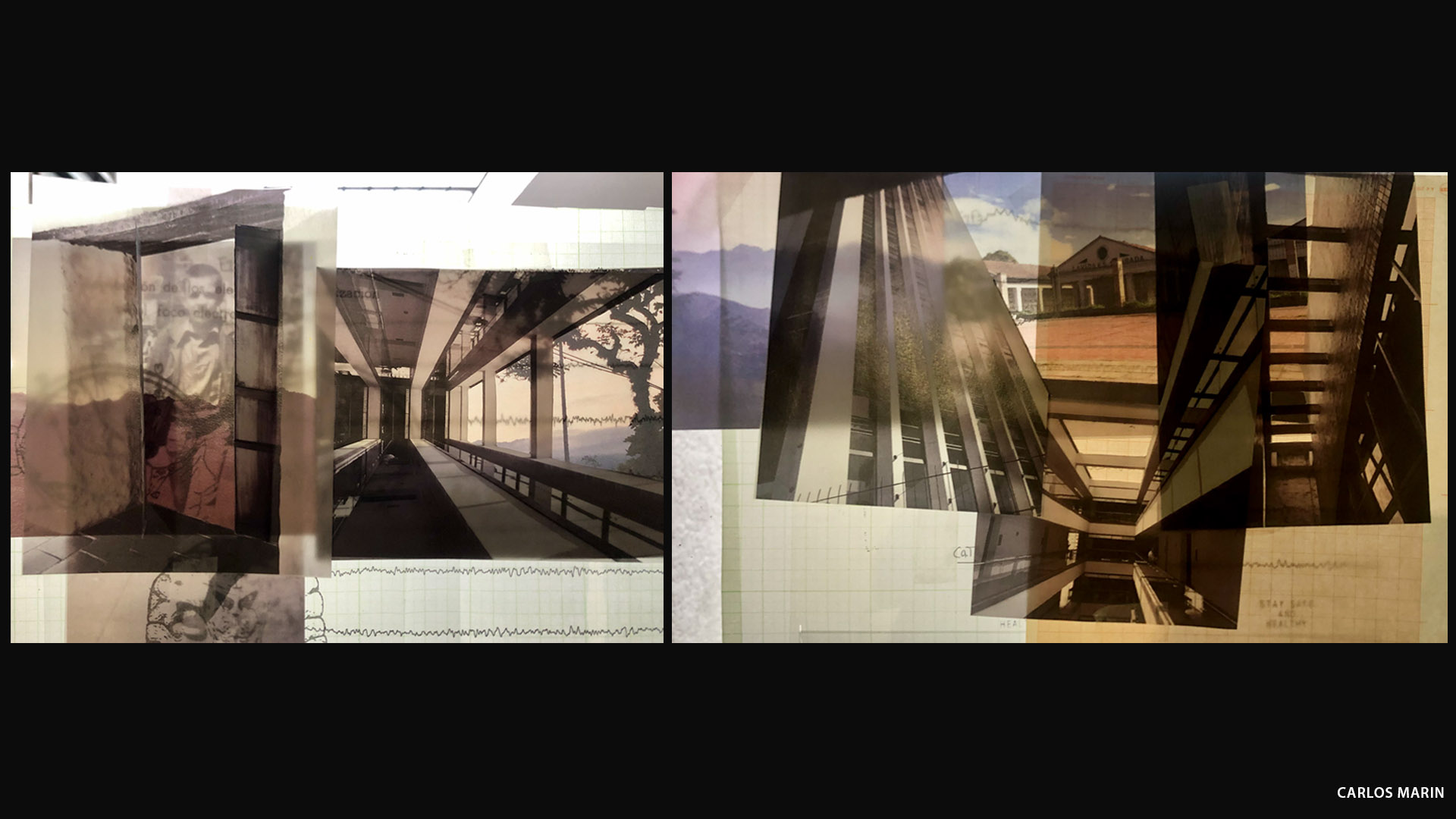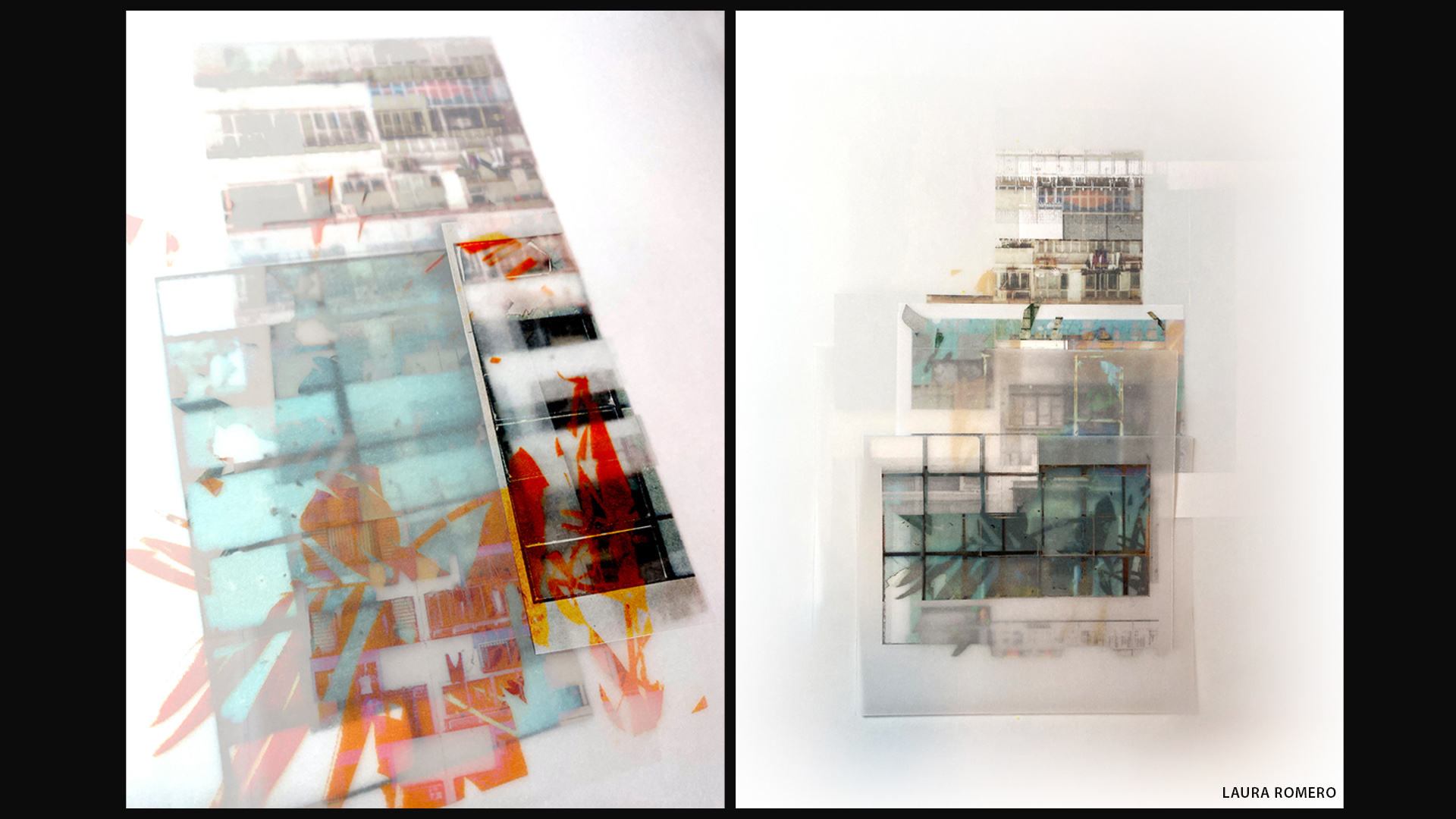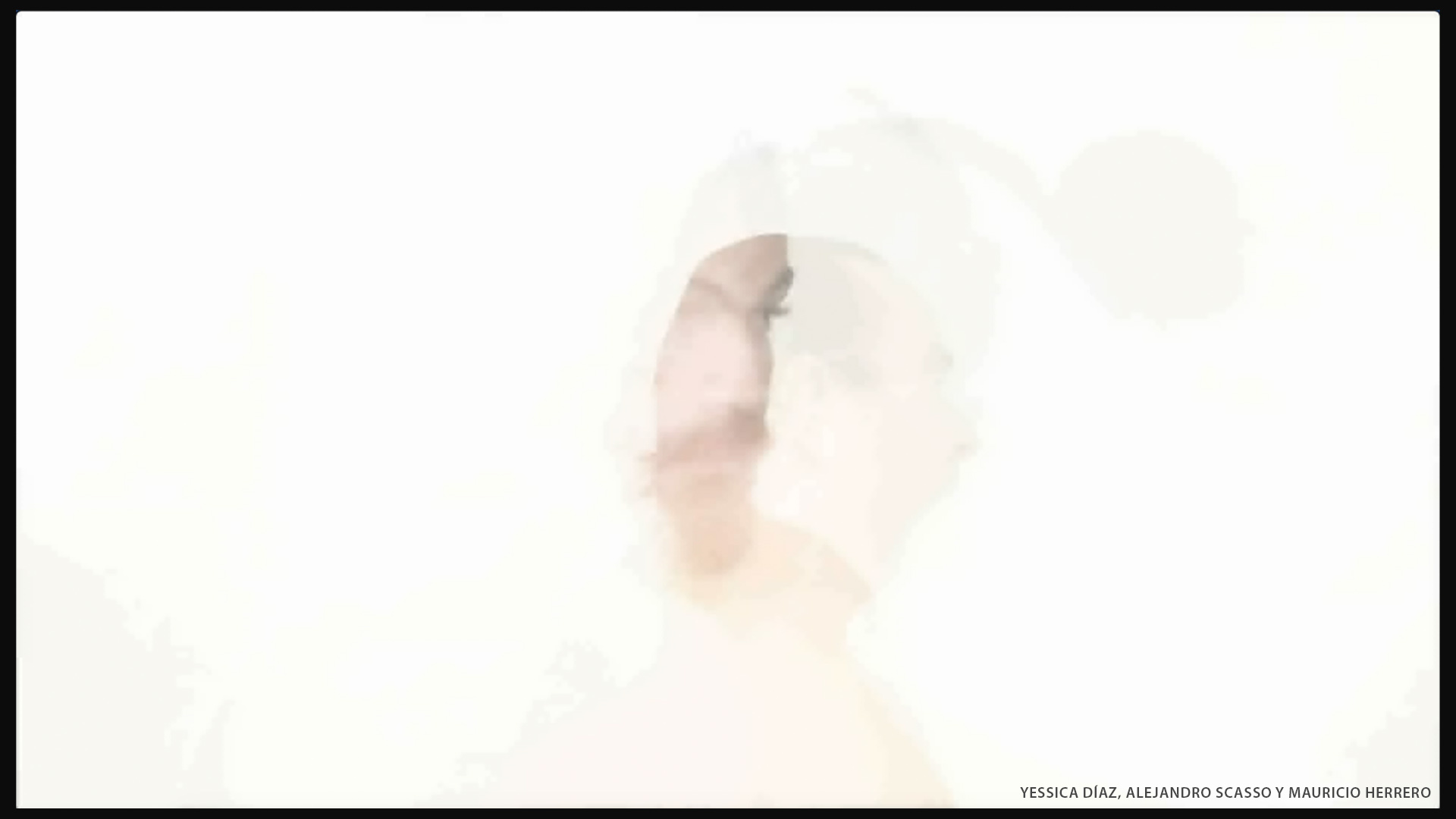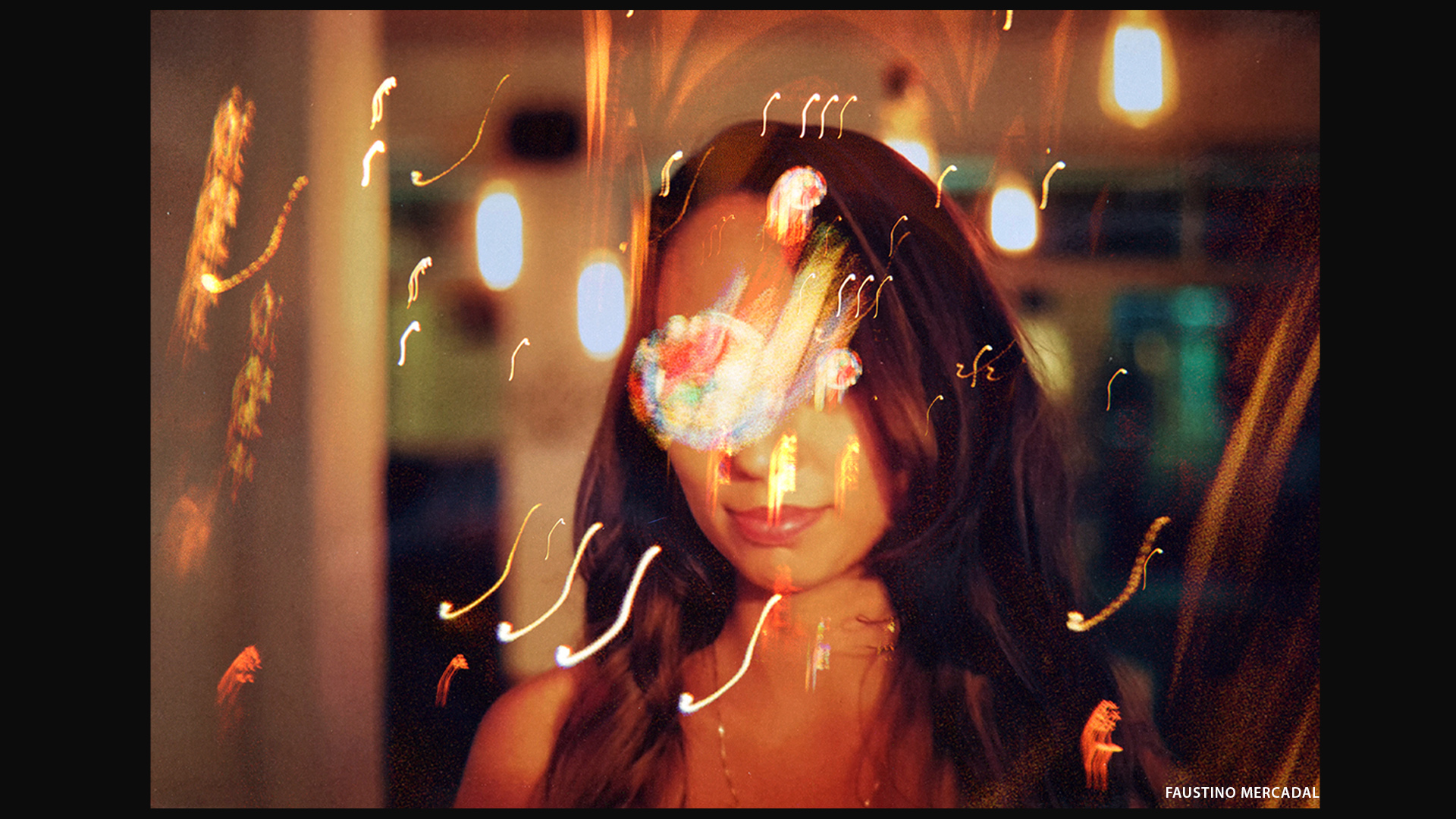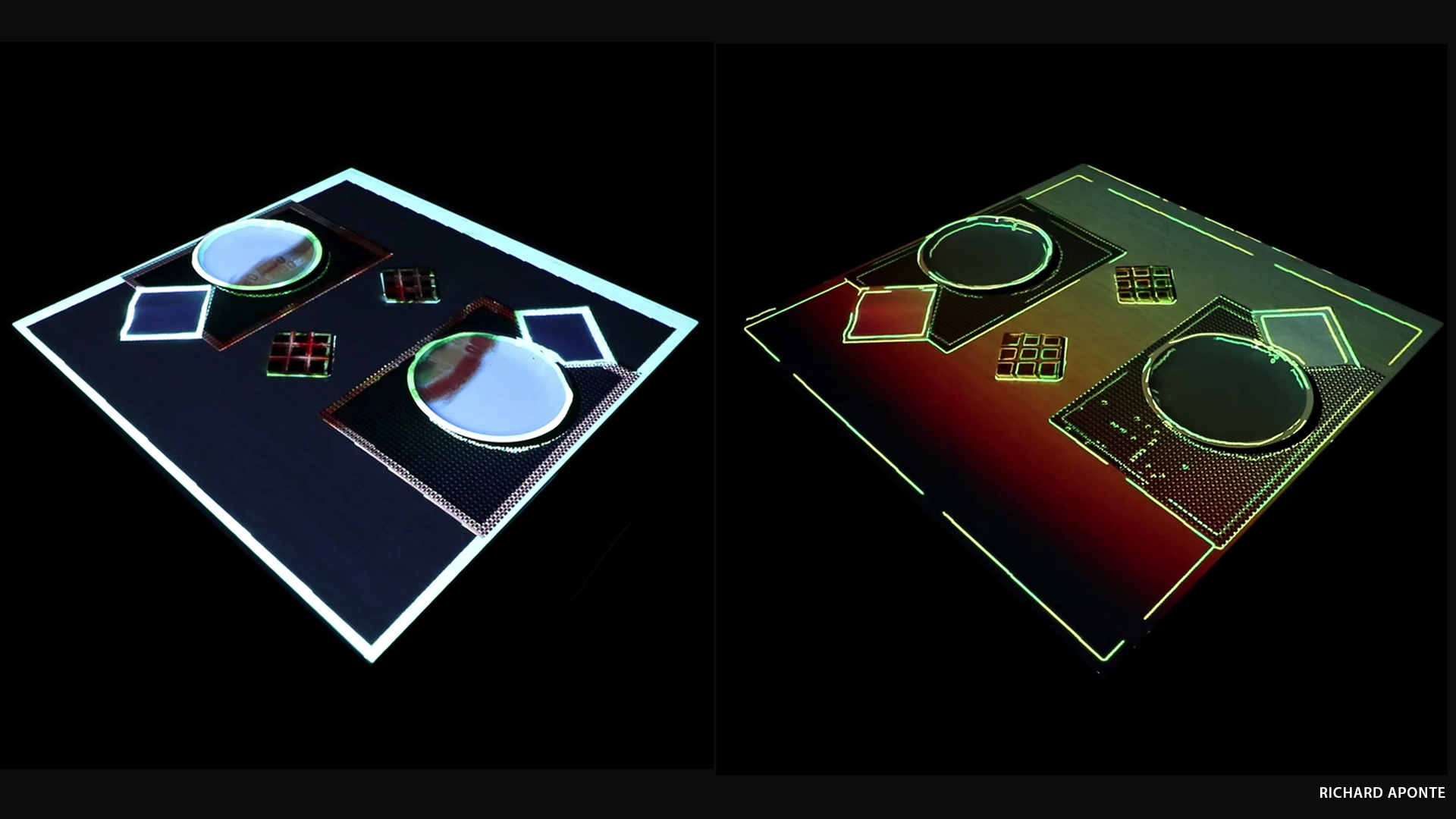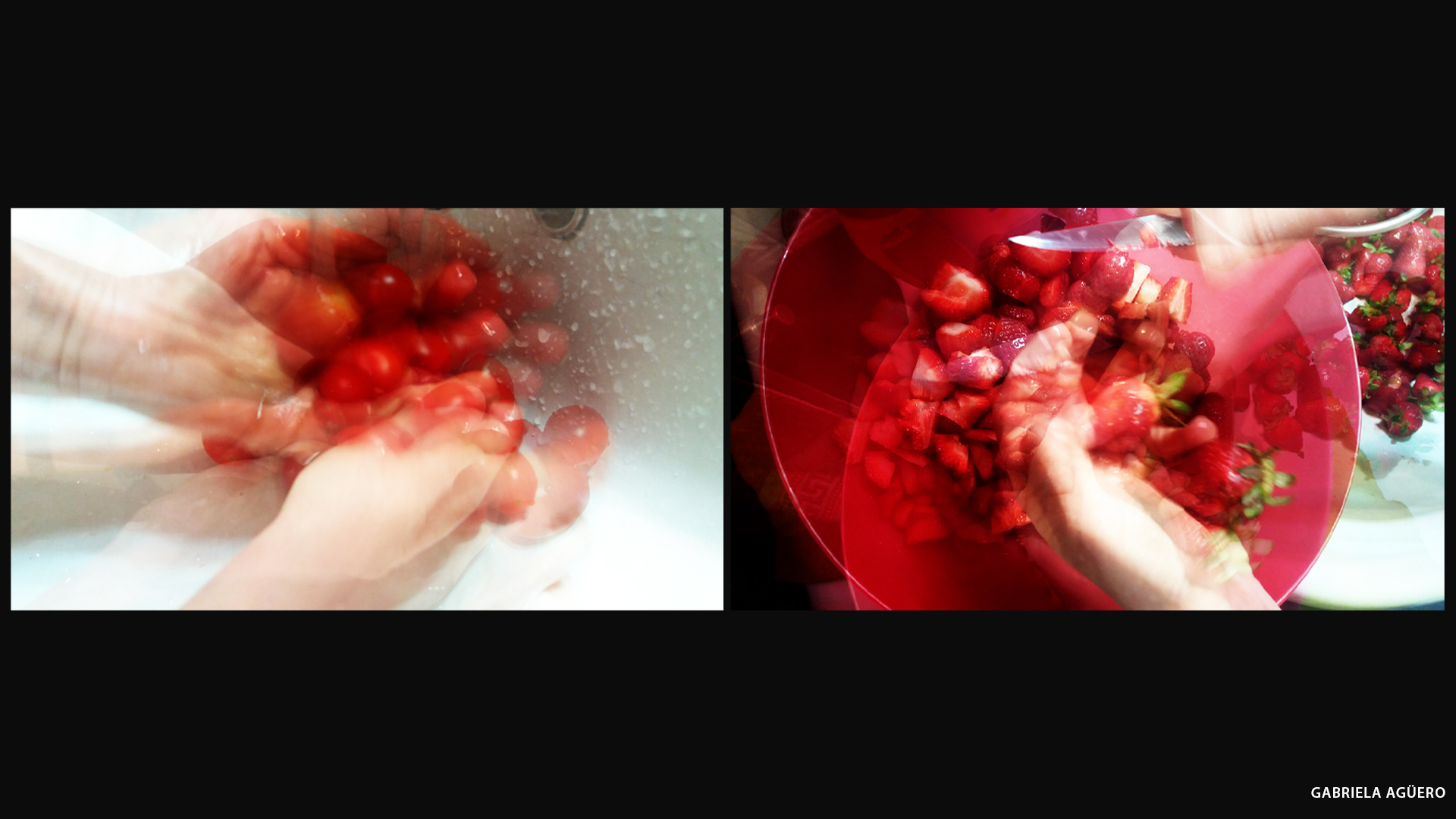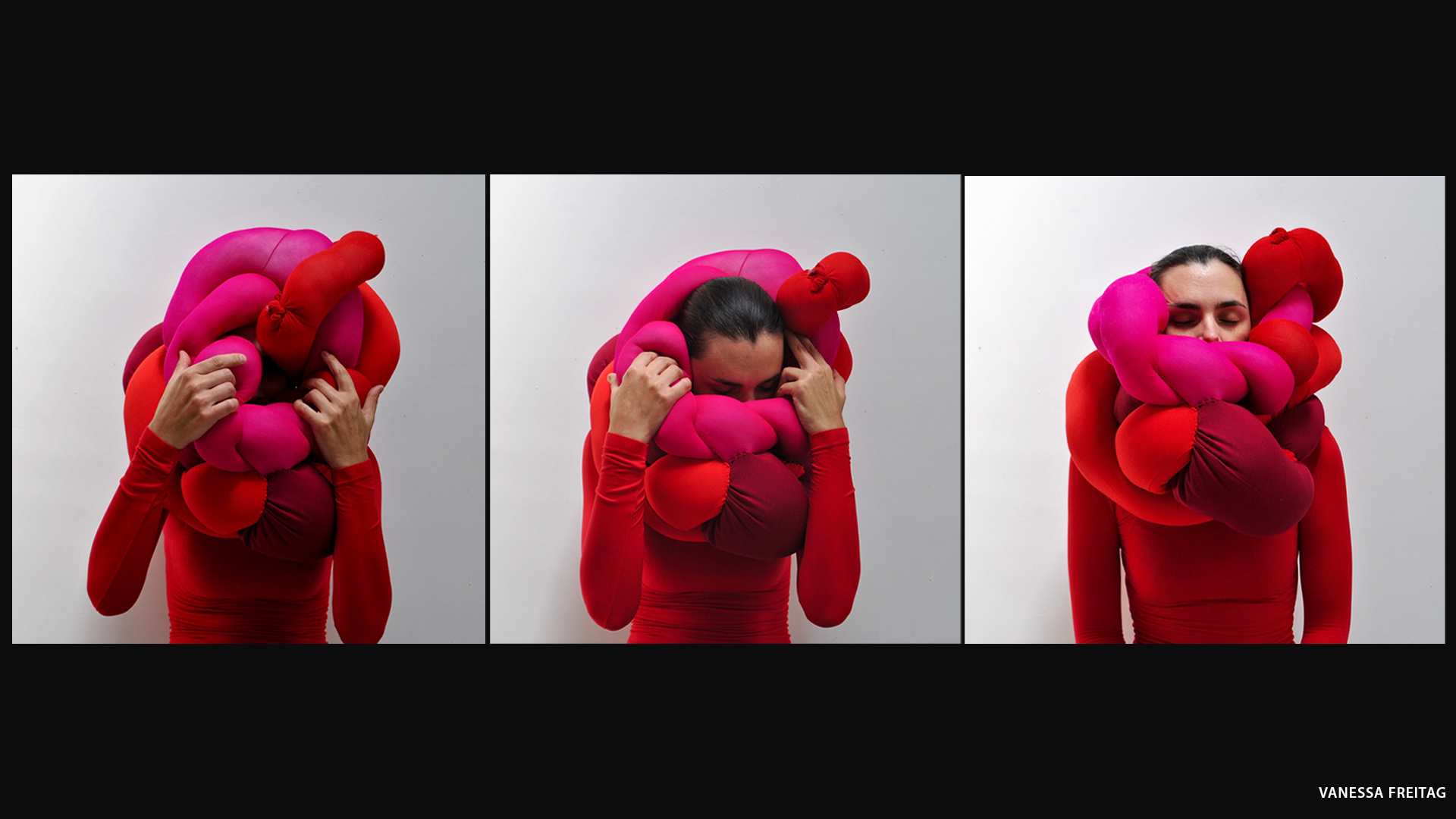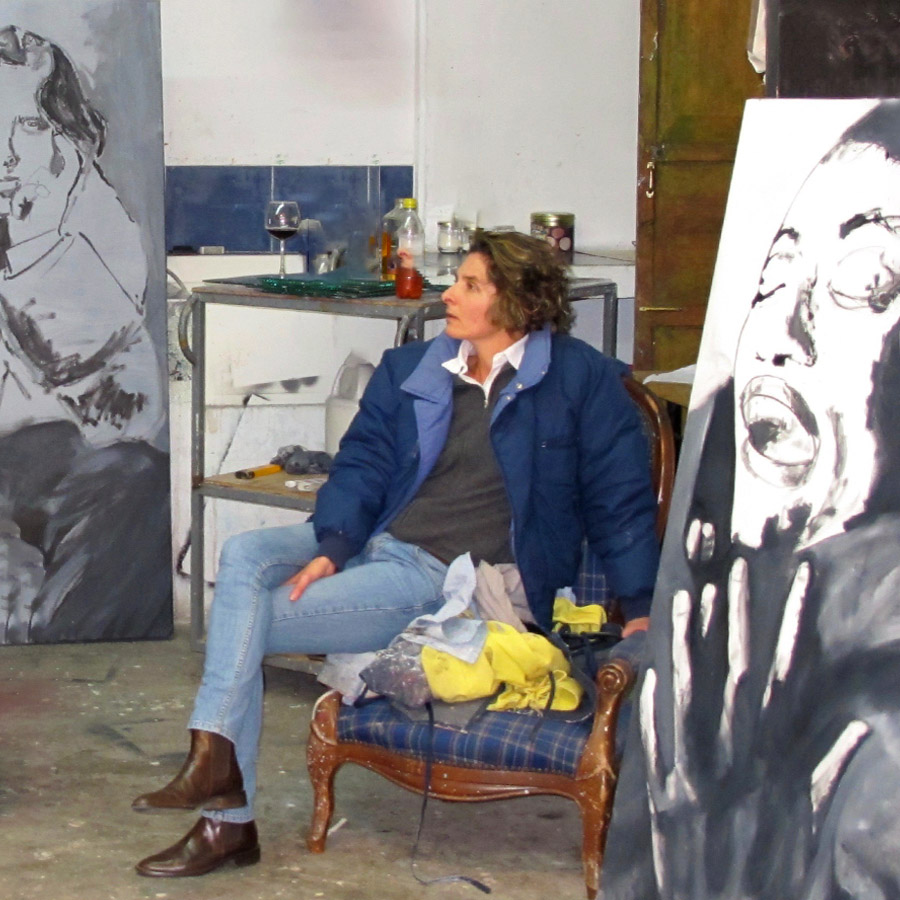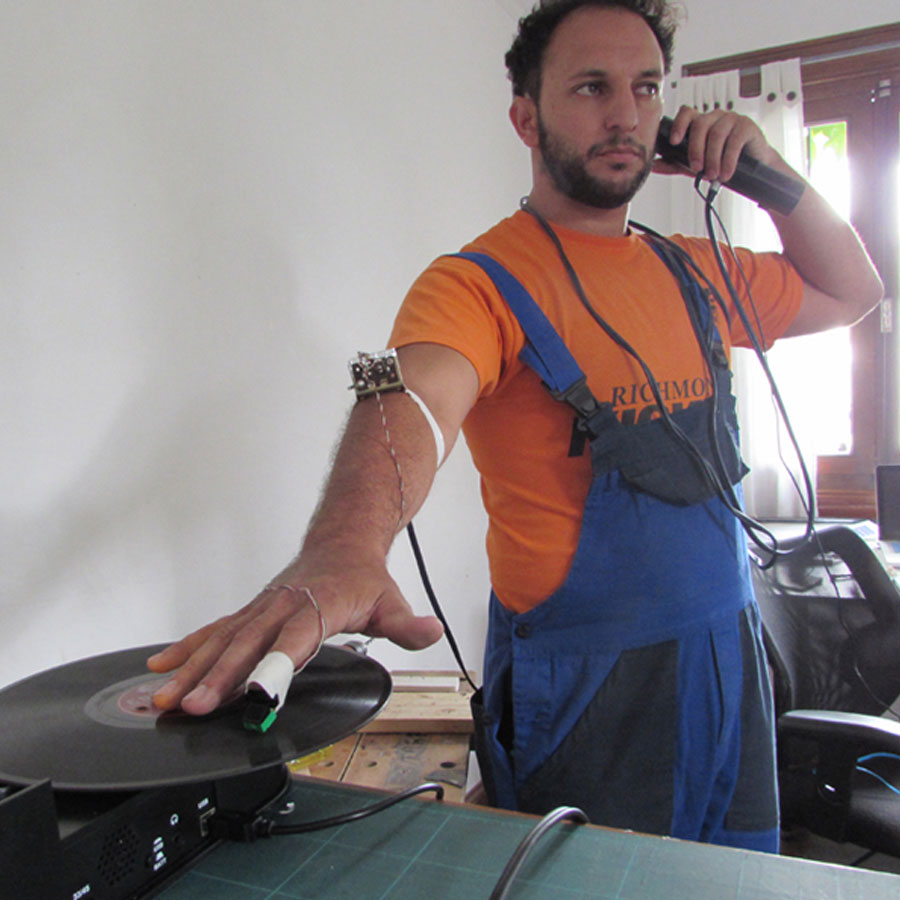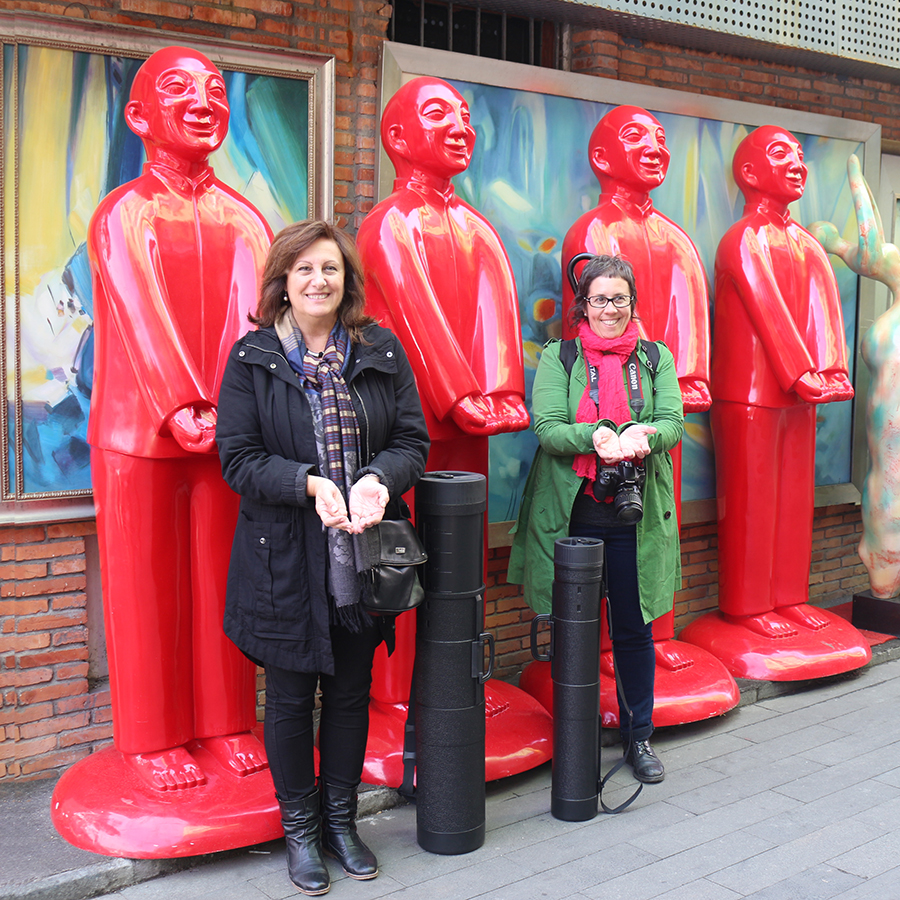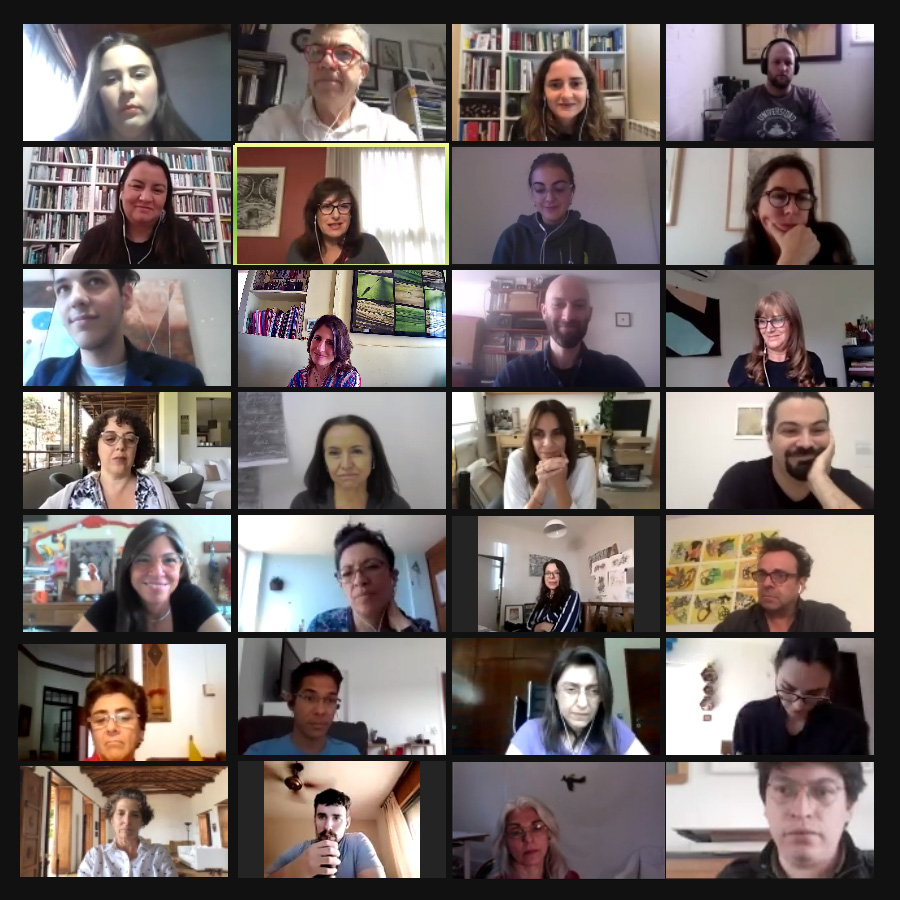Artists
Colombia
Camilo Gutiérrez
Together Apart: #Nest
14.10.20 04.11.20
My work exalts the human condition of leaving a mark, which in the graphics is evidenced in the action of creating marks embodied in the material, as well as in the emotions of the viewer who remains immersed in the experience that is proposed to them. The textures, the depth of the ink, the smells, the rhythm of the strokes on the paper take on a plastic dimension. The image is memory and trace at the same time, it is a living image, for which the subject is revealed in the image that emerges and becomes aware of herself, of its experiences and memory.
A memory that takes for its act of creation the memories of a family, the collective memory of a region, the images of the places where it moves and leaves traces. This is articulated to the work and reflection of contemporary practices, resulting in new possibilities of consciousness as a subject, of the teacher’s office, recovering the experimental direction of the technique and of the society to which the work is delivered to complete the act of creation.
CAMILO ABOUT TOGETHER APART: NEST
The question about the Nest reminds me, in which Nest(s) I have nested and today they nest me. The Nests that protected me and shaped my ideas as an artist no longer exist, there are only traces of these and what I myself nest in my memory. I am, in a way, the nest of my nests. The pandemic made me move away from the spaces that nested me, and for that reason I had to form a new Nest, but something improvised. Within the passing months, this Nest became more comfortable every day and made me completely turn around my routines and interests. This new Nest made me think about our relationship with this world that today gives us a signal of alert and help, a world that Nests us all but that is getting tired with our presence.
What if one day this great NEST tells us, no more?
BIO
Camilo Andrés Gutiérrez
1992 | Zipaquira, Colombia
STUDIES
2016 | Master in Plastic and Visual Arts, National University of Colombia, Bogotá
2019 | Master of Arts Education, National University of Colombia, Bogotá
EXHIBITIONS
2017 | Memory Award, University of Antioquia, Medellin, Colombia
2017 | Sarcelles International Engraving Biennial, Paris, France
2018 | II International Biennial of Engraving REA, Bs As, Argentina
2019 | II Printed Celebration, Lima, Peru
2020 | Open San Felipe, Espacio 74 Gallery, Bogotá, Colombia
RESIDENCIES
2018 | Exploration Residence, ´ace Foundation, Buenos Aires, Argentina
AWARDS
2019 | Meritorious Thesis in Art Education. National University of Colombia, Bogotá
2020 | Winner of incentives for artistic creation. Departmental Institute of Culture and Tourism of Cundinamarca, Colombia
2020 | Winner of incentives for the creation of two-dimensional work. Mayor of Zipaquirá, Colombia
Related Activities
Exhibitions, Together Apart
#2 | NEST: results
Artists in dialogue
09.12.20
During 2020, we carried out the first two sessions of Together Apart. The first session took as a conceptual and practical framework the REFUGE and the second, the NEST. Through those starting points, both of which refer to caring atmospheres and structures for coexistence, we were able to think and create in a wide variety of directions and layers. We reflected on our pandemic context, a situation for which we had to find ourselves in the virtual non-space, but also a situation thanks to which people from many different countries were able to work simultaneously. Assuming this complex situation, more than 20 participants per session created new pieces –some in exercise format–, took up projects that they had already worked on in the past or collectively set out to create new projects that will continue to develop beyond the scope of our meetings. This exhibition, virtual as well, reflects what the artists produced during this program.
CURATORIAL ESSAY
by Daniela Ruíz Moreno [Curator-in-residency]
Taking these refuge and nest issues also in their complexity, we asked ourselves questions that made each of the participants involve their personal experiences, memory, memories and experiences from each of their territories. We addressed questions that sought to keep us in constant movement; at times we went through very optimistic or pessimistic visions about the possibility or necessity of having a shelter or a nest, and at other times, we were able to articulate more complex visions, enduring in intermediate and liminal states. For both, we took as a theoretical structure of support and dialogue the thought of Félix Guattari presented in The Three Ecologies (1989). His ethical-political approach that highlights the molecular domains of sensitivity, intelligence and desire, as well as his articulation of the three ecological registers (environment, social relations and human subjectivity), helped us to expand our creations and thoughts in relation to shelter and nest.
During the second session –nest– the gaze towards natural structures was also very present. We watched and learned about different types of nests made by birds or protective structures for other animals. We thought of the house and the workshop as nests. The diversity in age and origin of the artists allowed a great richness of reflections on different states in relation to the nest. We spoke of nests from the past, nests that we are building in the present, nests that are no longer nests since they oppress or suffocate and of new nests that we imagine or wish to build in the future. Projects were presented that included the use of organic materials, creations with what was available in the workshop, project of shared files, new photographic views on everyday life, new views on the past and even reflections on language as a generator of identity as well as limiting structure. We went through different sensations in relation to the nests, some presented it as an impossible state to reach, others as a space full of melancholy and others, instead, as structures of freedom where we could explore the becoming of existence. Other works presented the feelings of paranoia that can arise when human nests or states of refuge are threatened and the feelings of discomfort when it feels like losing the intimate conditions of a nest.
Together Apart has functioned as a program that opened up possibilities for meeting and collaborative creation. It has made possible the creation of new rhythms and synchronies for a limited time but whose reverberations and echoes continue to affect in unexpected directions.
Related artists
- Gabriela Agüero
- Pilar Aparicio Uribe
- Richard Aponte
- Alejandra Basañes
- Carla Beretta
- Marcela Casals
- Renny J. Castillo Umpierre
- Carmen Díaz
- Yessica Díaz
- Isa Duarte
- Vanessa Freitag
- Camilo Gutiérrez
- Helena Kanaan
- Denise Koziura
- Jociele Lampert
- Cecilia Luque
- Carlos Marin
- Faustino Mercadal
- Laura Romero
- Nerina Rosende
- Alejandro Scasso
